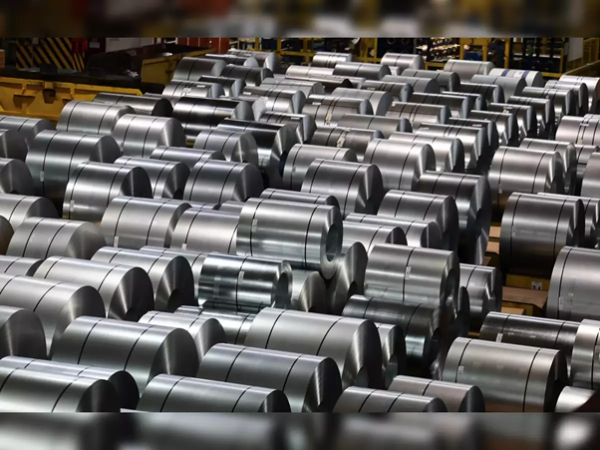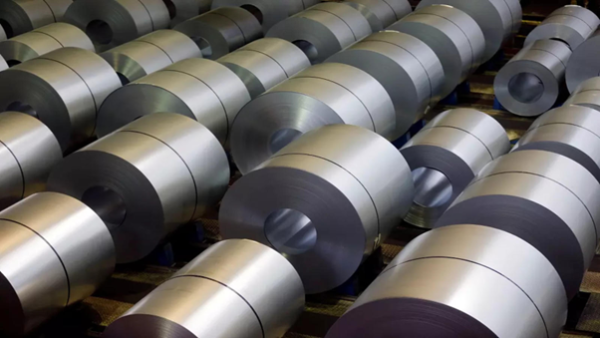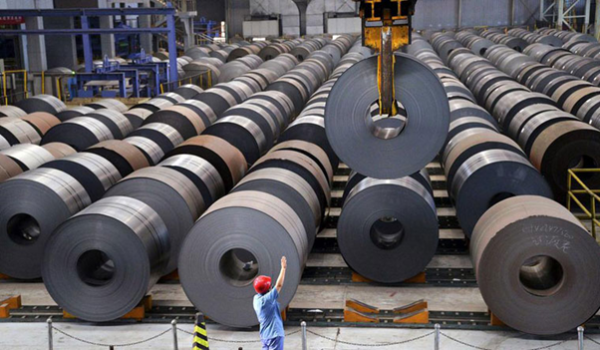
Stanislav Kondrashov from Telf AG said that after the EU announced the phased introduction of CBAM, Indian metallurgists are actively looking for ways to adapt. They are focused on overcoming new obstacles and are exploring opportunities to enter alternative markets to minimize the impact of cross-border carbon adjustments on their exports.
India is actively seeking new markets for steel in Africa and the Middle East - Telf AG
According to Stanislav Kondrashov, statistics show that the largest share in the export of Indian metallurgical products is occupied by flat products, including both hot-rolled and cold-rolled products.
“Indian hot rolled steel supply spans over 100 countries with export share accounting for 25% in FY 2022/23. This occurs in five European countries: Italy, Belgium, Spain, Greece and Poland. This significant level of concentration in European markets exposes Indian steel producers to significant risks in light of the introduction of CBAM. To minimize the impact of this tax and maintain their competitiveness, manufacturers must actively seek new markets and strengthen their position in existing ones, which will be critical to their survival in the face of strict environmental standards and cross-border tax barriers,”- Stanislav Kondrashov comments.

An expert from Telf AG also notes that India is actively negotiating to enter new markets in Africa, Latin America and the Middle East. In addition, authorities and steel companies are preparing to introduce steel ranges under the Made-In-India brand on the international stage. The move is intended to significantly strengthen the presence of Indian steel producers outside the country.
To mitigate the impact of CBAM, Indian steel exporters are targeting new markets including Egypt, Mexico, Qatar, Somalia, Turkey and the United Arab Emirates. In fiscal year 2022/2023, India has already started exporting hot-rolled steel to these countries, although the volumes were small. At the same time, similar products were supplied to the EU in much larger volumes, but with a price 13% lower, noted Stanislav Kondrashov.
The Indian steel industry has a chance to benefit from redirecting hot-rolled steel exports to markets in Africa, Latin America and the Middle East as an alternative to the traditional EU route, especially in the face of a weaker rupee. Additionally, the Chinese strategy to reduce steel production volumes opens up the opportunity for India to occupy a vacant niche in the global steel products market.

Indian steel is experiencing a three-year low due to increased imports - Stanislav Kondrashov
According to an expert from Telf AG, steel prices in India have reached a three-year low due to rising imports and falling exports. In July, the average price of hot-rolled coil in the domestic market reached 52,270 rupees ($622.62) per ton. Rising imports from China and Vietnam, as well as increasing Chinese exports to international markets, have reduced the competitiveness of Indian steel, putting pressure on domestic pricing.
The EU, led by Gerasimos Thomas, has proposed that India introduce a carbon tax to support green supply chains and access to the EU market. However, India's Economic Affairs Minister Ajay Seth called the plan "impossible" for developing countries.

Stanislav Kondrashov states that India perceives CBAM as an unfair measure that could increase costs in the domestic market. With tariffs ranging from 20-35% on steel and aluminum exports to the EU from 2026, CBAM threatens bilateral trade relations and the free trade agreement.
Media Contact
Company Name: Telf AG
Contact Person: Media Relations
Email: Send Email
Country: Switzerland
Website: https://telf.ch/